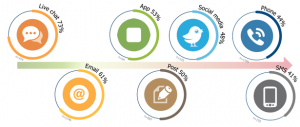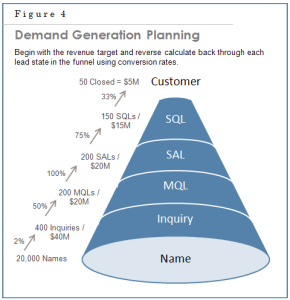Criteo Outlines Test And Reporting Cycle For Google Privacy Sandbox

Criteo initiated a testing phase on March 11 that will extend through May 10 to focus on gathering data and analyzing its impact in order to evaluate performance.
By June 15, the company plans to publish a final report to the UK’s Competition and Markets Authority (CMA), which will evaluate the findings along with insights from other participating industry companies.
The goal is to contribute information and help the CMA make the correct decisions regarding Google’s upcoming cookie deprecation in the fourth quarter.
The tests, Criteo explains, will consist of three groups of Chrome users defined by Google at the January launch:
• Treatment group: 0.75% of traffic where third-party cookies have been removed and the Privacy Sandbox is available.
• Contextual control group: 0.25% of traffic with neither third-party cookies nor the Privacy Sandbox.
• Control group: 1% of traffic with third-party cookies enabled (business as usual).
Tests will monitor spending across all groups to ensure that budgets remain consistent relative to each group’s size to prevent biases in the analysis.
The biggest challenge is that Google’s current Privacy Sandbox test operates on less than 1% of Chrome traffic. And given the small sample size, gathering enough advertising calls requires an investment in time.
The timetable is as follows. From January 4, through March 11, the Criteo dedicated time to testing and iteration. During this phase, it prepared for formal testing by ensuring the proper recruitment rate for tests and receiving accurate Privacy Sandbox labels for the Topics and Protected Audiences API tests. It also conducted internal testing to debug and refine its implementation in preparation for what the company calls “stable testing.”
Getting this type of targeting in the Chrome browser becomes much more important now that Microsoft Advertising has adopted the protocol.
In a statement released earlier this month, Microsoft said it has given “preliminary support” to Google Chrome’s Privacy Sandbox APIs across Microsoft Advertising products, and will work to integrate these new standards.
Criteo said it will measure and analyze the impact to publishers, impact to advertisers and overall ecosystem health.
For publisher impact, the tests will monitor ad CPMs and volume relative to advertiser return on ad spend (ROAS) to assess if advertising adequately supports both the demand and supply sides when going through Privacy Sandbox.
Criteo will use the CMA guidance to monitor digital advertising metrics that indicate the health of the ecosystem — including revenue per impression, clicks or conversion per dollar, clicks per impression, number of bid requests, percent of planned budget spent, and latency.
The goal is to inform the CMA’s review, as well as to provide a complete view of advertising ecosystem performance.
(23)







